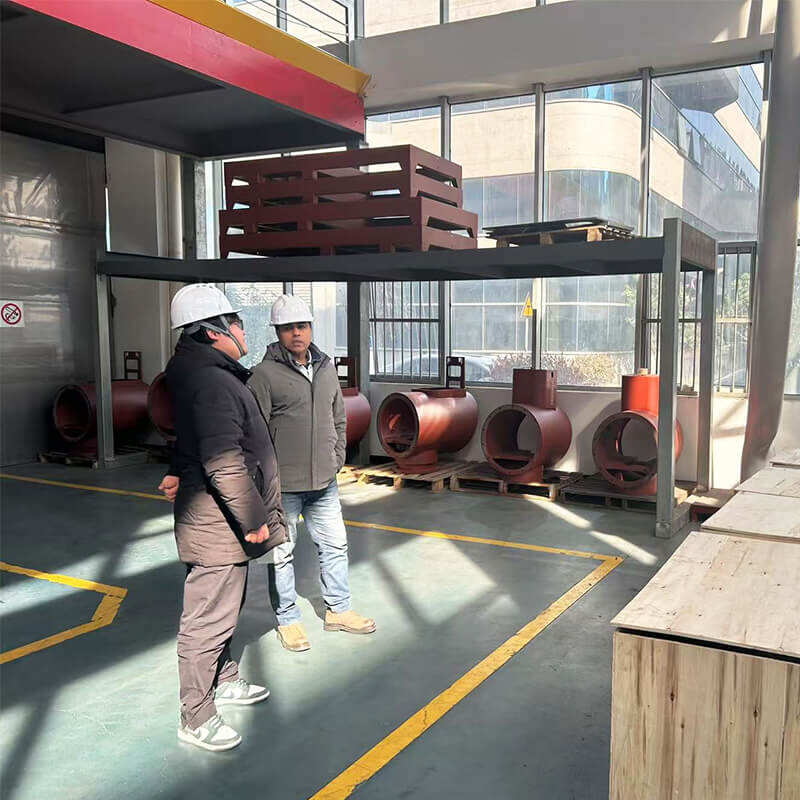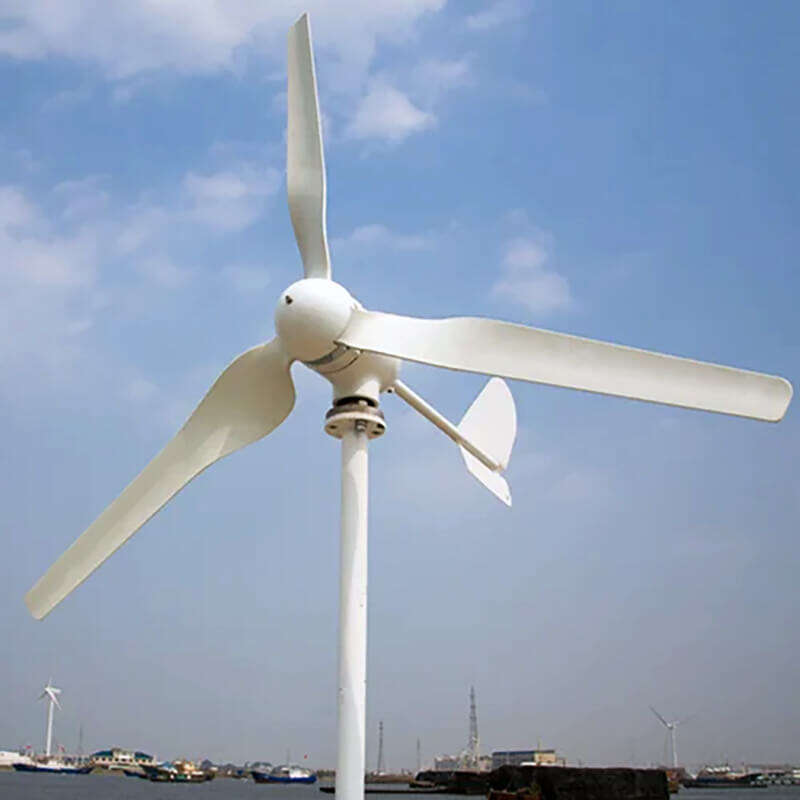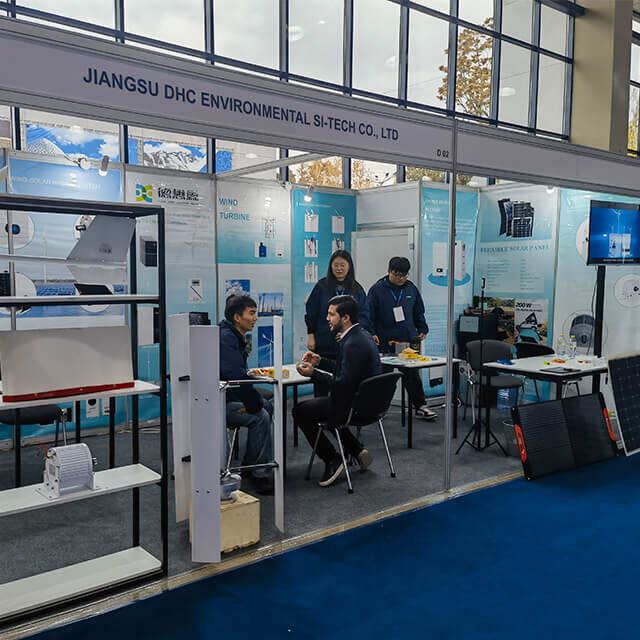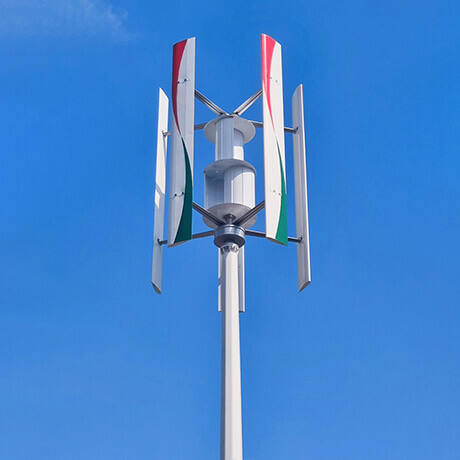The Truth About Flexible Solar Panels: Pros, Cons & When They Make Sense
Discover if flexible solar panels are a smart investment for your energy needs.
Our comprehensive guide explores the key factors to consider when choosing the best flexible solar panels, including efficiency, durability, and cost-effectiveness compared to traditional rigid panels. We dive into the unique advantages of flexible panels, such as lightweight portability and versatile mounting options, while also addressing potential drawbacks like lower power output and shorter lifespans.
By weighing the pros and cons, you’ll gain a clear understanding of whether flexible solar technology aligns with your specific energy requirements and budget. Let us help you navigate this innovative renewable energy solution and make an informed decision for a sustainable future.
Materials Used in Flexible Panels
Flexible solar panels utilize thin-film materials such as amorphous silicon (a-Si), cadmium telluride (CdTe), and copper indium gallium selenide (CIGS) to achieve their pliable nature. These materials are deposited in thin layers onto flexible substrates like plastic, metal foils, or even textiles.
Amorphous silicon is the most commonly used thin-film material due to its low cost and relatively simple manufacturing process. CdTe and CIGS offer higher efficiencies but are more expensive to produce. The choice of material depends on the specific application, desired efficiency, and cost constraints. While these thin-film materials enable flexibility, they generally have lower efficiencies compared to traditional rigid silicon solar cells.
However, ongoing research and development efforts aim to enhance the performance and durability of these materials, making flexible solar panels an increasingly viable option for various applications.
Advantages of Thin-Film Technology
Thin-film technology offers several advantages that make flexible solar panels an attractive option for many applications.
The lightweight nature of thin-film cells allows for easy installation on a variety of surfaces, reducing the structural support requirements and associated costs. The flexible form factor enables seamless integration with curved or irregular shapes, opening up new possibilities for solar panel placement on vehicles, portable devices, and unconventional structures.
Additionally, the simpler manufacturing process for thin-film cells has the potential to lower production costs compared to traditional silicon-based panels.
As research and development continue to improve efficiency and durability, thin-film technology is poised to make flexible solar panels an increasingly viable and cost-effective solution for harnessing renewable energy in a wide range of settings.











